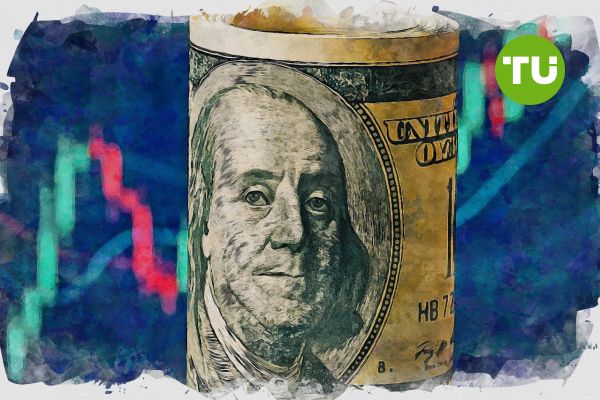U.S. Dollar Index drops below 98.24 support as tariff escalation worsens sentiment
 The U.S. Dollar Index starts June lowers
The U.S. Dollar Index starts June lowers
The U.S. Dollar Index opened the first trading day of June on a bearish note, falling sharply by 0.77% from 98.97 to 98.22 during the Asian and European sessions.
This decline erased the 0.36% gain recorded in the final week of May and brought the index below both the 98.48 support and last week’s low at 98.24. Price action now points toward a test of the previous monthly low at 97.50.
- The U.S. Dollar Index starts June lowers after May marked fifth monthly decline
- Break below 98.24 confirms technical weakness across multiple timeframes
- Trade threats and inflation fears add pressure to already fragile dollar outlook
Although DXY posted a minor rebound in the final days of May, the broader monthly performance was still negative. May became the fifth consecutive month of losses for the index, reflecting sustained bearish pressure through the year so far. That long-term weakness has created a backdrop where fundamental risks are having a stronger effect on short-term price action.

The U.S. Dollar Index price dynamics (April - May 2025). Source: TradingView
On the technical side, indicators across the 1-hour, 4-hour, and daily charts are aligned to the downside. The 20 EMA has crossed below the 50 and 100 EMAs on lower timeframes. Meanwhile, RSI on both the 4-hour and daily charts has remained below 50, confirming the return of bearish momentum. This alignment increases the probability of further losses toward the next downside target near 97.50, which marks the low of the previous month.
The U.S. Dollar Index pressured by 50% steel tariff hike and U.S.-China mineral standoff
The latest catalyst driving Monday’s decline is geopolitical. On Friday, President Trump announced his decision to double tariffs on steel and aluminum imports, raising them from 25% to 50%. The move revived fears that protectionist measures could weaken U.S. growth and heighten inflation. Investors are also responding to renewed tensions between the U.S. and China after Trump accused Beijing of breaching an agreement on minerals. Chinese officials dismissed the claim and warned of retaliatory measures. These actions have added fresh weight to the dollar, especially in the context of fragile investor sentiment around U.S. fiscal sustainability and trade stability.
Unless the dollar quickly reclaims 98.48 and stages a sustained rebound, the path of least resistance points lower. Both market sentiment and technical structure favor extended weakness in the near term.
DXY traded near key moving averages as investors anticipated the PCE inflation report. Price recovered from 98.70 but struggled to gain strong momentum before May close.













































































































































